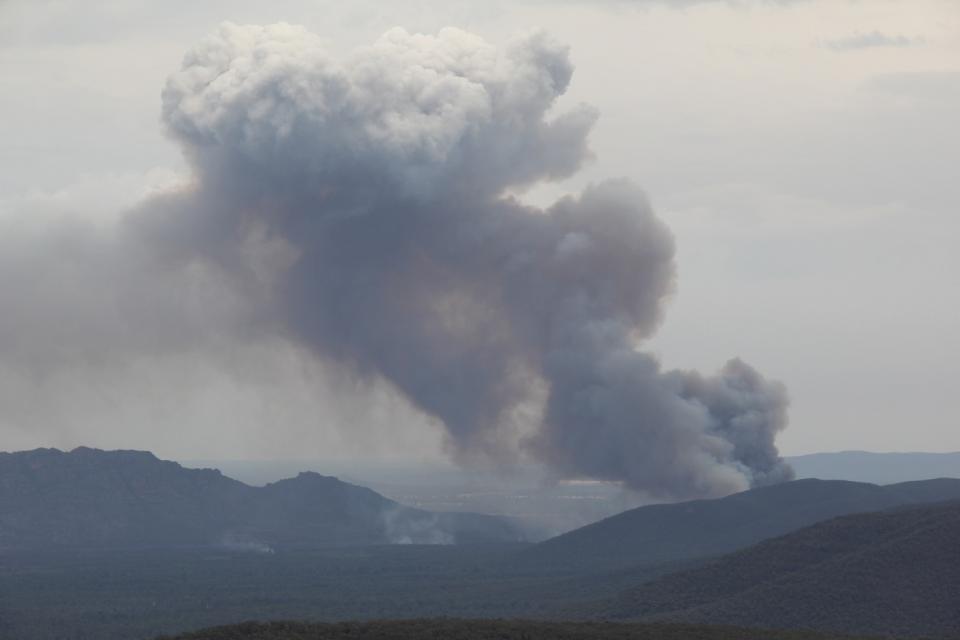
PUBLICATIONS
Published works

Fire coalescence and mass spot fire dynamics: experimentation, modelling and simulation - Annual project report 2018-2019
| Title | Fire coalescence and mass spot fire dynamics: experimentation, modelling and simulation - Annual project report 2018-2019 |
| Publication Type | Report |
| Year of Publication | 2020 |
| Authors | Sharples, JJ, Hilton, J, Sullivan, A |
| Document Number | 559 |
| Date Published | 03/2020 |
| Institution | Bushfire and Natural Hazards CRC |
| City | Melbourne |
| Report Number | 559 |
| Keywords | experimentation, fire coalescence, modelling, simulation, spot fire dynamics |
| Abstract | This report outlines the progress of the Fire Coalescence and Mass Spot Fire Dynamics project, which is one of the projects within the Next Generation Fire Modelling cluster. Specifically, the report summarises progress of the first year of the second phase of the project, which has been extended over 2018-2021. All milestones from the 2015-2018 phase of the project have now been delivered, and the project is continuing to build upon this work in delivering important insights into the dynamics of fire behaviour and fire line interaction. Phase 2 of the experimental program is in progress, and will extend recently published work from Phase 1. The project continues to yield important and significant insights into the behaviour of coalescing fires, and these insights are enhancing our understanding of the processes driving fire propagation and the way we model dynamic fire behaviours. In particular, the research has continued to develop the pyrogenic potential model by incorporating the effects of pyrogenic vorticity. This has resulted in the world’s first capability to model dynamic modes of fire propagation such as vorticity-driven lateral spread using a two-dimensional simulation framework. This means that explicitly modelling such effects in operational timeframes is now a feasible option. Coupled fire-atmosphere simulations continue to provide fundamental insights that will be drawn upon to inform further the development of the pyrogenic potential model. In the past year, the project team have delivered a number of research outputs, including conference presentations and posters and a journal publication (currently under review). A number of other publications are in preparation. The project team has also delivered on a number of key utilisation activities. These have mainly involved discussions with key end-users about the prospects of the research being incorporated into education materials and training resources for firefighters and fire behaviour analysts. After providing some background information on the project’s aims and methodology, this report provides details on the progress of the project to date. In particular, this includes:
At the time of writing, the project is on schedule. |
| Refereed Designation | Non-Refereed |
Published Works


